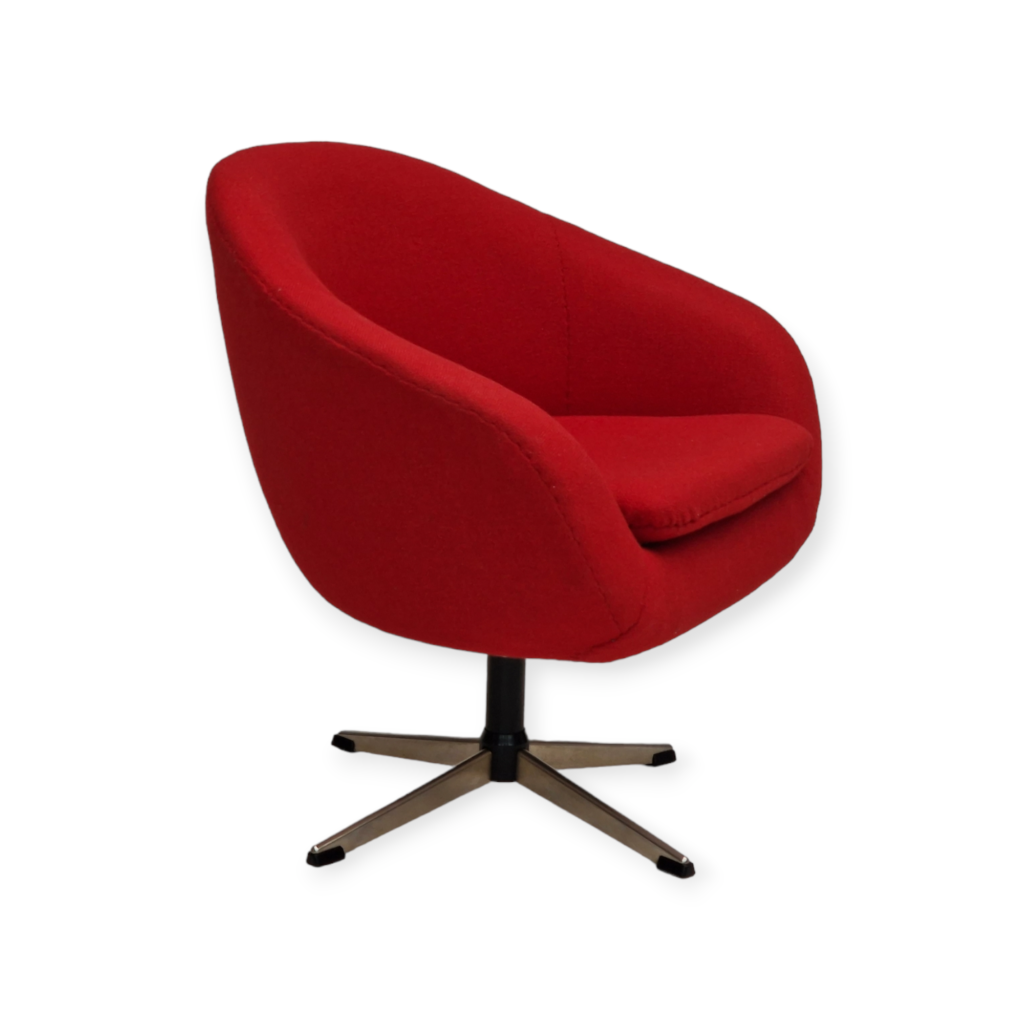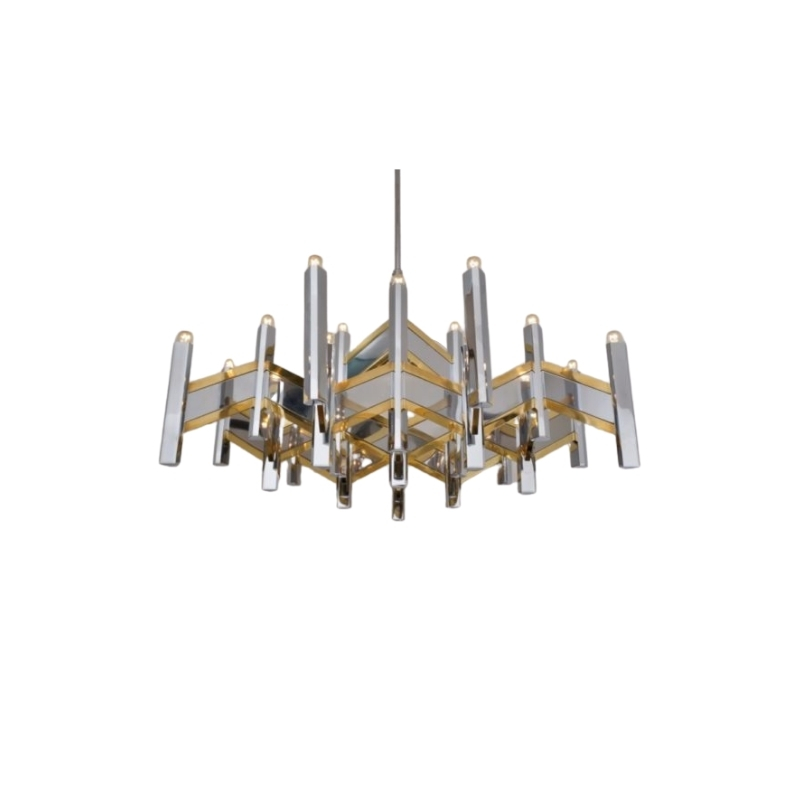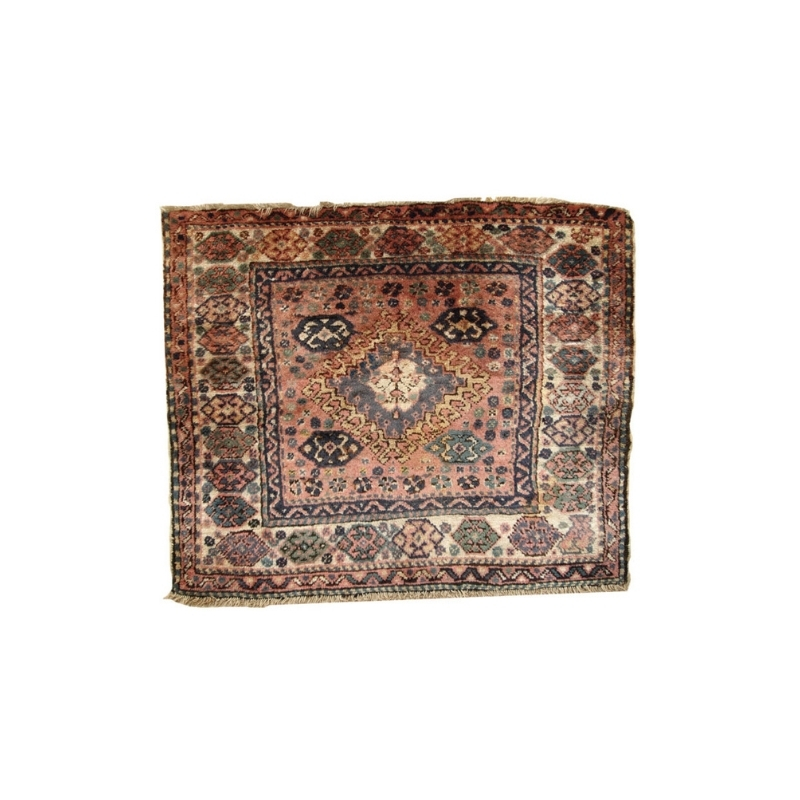First, let me say thanks for everyone's help thus far on some other threads I started. This is sort of addicting and I've been posting a lot in the last week. I will do my best to give back.
I am going to pick these up after work today. I saw them on craigslist for $200 (for the set). I have done a fair amount of research and it seems they were manufactured by many different companies over many years and made with various materials. I have no idea how I am going to make any on-the-spot judgements. They definitely look well made, and judging by the worn caning, quite old.
Any tips on authenticating would be greatly appreciated.
http://risdmuseum.org/art_design/objects/1083_mr_chair
MR in cane
These chairs in this particular woven bamboo material were produced in Toscana by Matrix international. Matrix began to produce the side chairs in a lighter almost white color round bamboo pith material called "midolino." In the early 1970's matrix then began to produce for Stendig, Inc of NYC the armchair in the flat bamboo material shown in the photographs. Stendig continued to distribute that chair until 1990 when the company went out of business. Matrix also sold the chair to Palazzetti, Sedia Inc of Boston, and many other companies in limited quantities.It was an expensive chair to import because it not completely discount and required special packing. Note well that in the 1980's a similar model in a different material and different detailing was imported from Northern Europe and distributed in the USA by ICF of NYC (Sam Friedman & Pat Hoffman).
The chairs in the photos are probably not as old as they look. They are extremely delicate and must be treated with care. The material tends to dry out in a heated apartment. Stendig warned architects against using them in public spaces. In the yearly warehouse at Stendig, there were always a number of slightly damaged chairs for sale. Nevertheless, they are beautiful chairs which can be maintained and repaired if you can find someone who works in that rare material.
If you need any help, please contact us at – info@designaddict.com









